Local Website
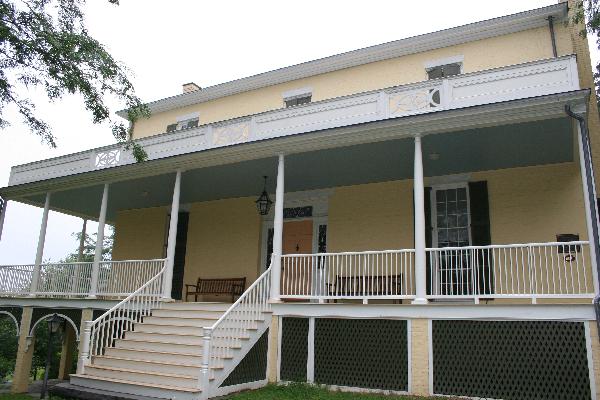 WHAT IS IT?
WHAT IS IT?Cedar Grove. The home of Thomas Cole, America’s earliest and most renowned landscape painter and founder of the Hudson River school style of art.
BEAUTY (3/10)
Thomas Cole’s home, Cedar Grove, fails to provoke the grandeur of his large canvasses or the scope of his ambitious themes. Heck, the grounds do not even provide a vista of the Hudson River; instead they face the Catskill Mountains which are currently obscured by encroaching trees.
The Federal-style mansion’s yellow exterior, while lovingly restored, is a bit of a yawner. The insides are much of the same. Most of the items are either reproductions of the originals or just time-period pieces. An upstairs room contains a few original Cole sketches but our tour guide scurried us out before we could even stop to look.
HISTORICAL INTEREST (5/10)
Art books and historians often cite Thomas Cole as the first truly American artist, the first to portray a uniquely American perspective which spoke of our country’s place in the world. Cole’s painting used large canvasses and sweeping landscape, eschewing the British portraiture aesthetic utilized by most artists working in America at that time.
Cole and his fellow Hudson River school painters were the visual equivalent of the period’s transcendental writers, notably Emerson and Thoreau, the American romantics. They found beauty in America’s boundless nature and profound beauty.
Cole’s famed five-piece Course of Empire places his modern-day America at stage two of the cycle, The Pastoral State, from The Savage State to Desolation. Cole places America along the same course as the great Roman and Greek Civilizations of the past. We are their heirs. Cole would easily place today’s America at the opulent third stage, The Consummation. How close are we to The Destruction and subsequent Desolation? Who knows, but Cole proves that high-budget dystopian sagas are just as American as apple pie.
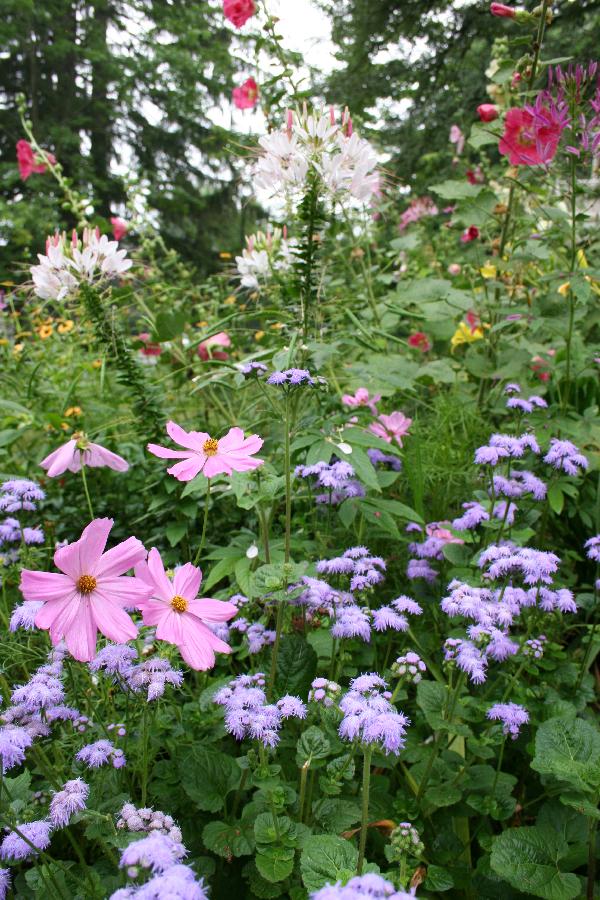 CROWDS (8/10)
CROWDS (8/10)Thomas Cole NHS sits just across the Hudson River from Hudson, N.Y. a small New York city whose downtown has recently seen an economic revival resulting in dozens of boutiques, galleries and fancy restaurants. As a result, the Thomas Cole NHS brings in a well-versed, artistic crowd.
Our tour was no exception. One visitor, a painter, discussed sunlight tones at different times of the day and explained how Cole would have mixed his pigments. Another tourist, an avid antique-hunter, helped our group with understanding restoration techniques. Our fellow visitors filled in a lot of loose ends and answered artistic questions that our guide was unable to resolve.
EASE OF USE/ACCESS (3/5)
Cedar Grove is located just off the New York Thruway, I-87, 35 miles south of Albany and 40 miles north of New Paltz. From the Thruway take exit 21. Make a left at the stop sign and a quick left onto Route 23 East. Go two miles. At Spring Street make a right. (If you miss this right turn you will go onto the Rip Van Winkle Bridge. Bad news because it’s a toll bridge in that direction). After the right onto Spring Street make a quick left into the Site’s driveway. There is a sign.
If you are coming from Hudson, cross the Rip Van Winkle Bridge, turn left at the first stoplight and make a left into the Site. The Site is only open from May through late October. You must take a guided tour in order to see the house.
CONCESSIONS/BOOKSTORE (3/5)
The book carries a small selection of elaborate 19th Century American art coffee table books, some of which the Site says are rare and out of print. The pictures inside them were enchanting and glossy but somehow not worth their books’ $50+ price tags.
Also on sale were framed and matted photographs of the places that inspired the Hudson River School artists taken by modern day local artists. We thought the theme of art as a collective continuous community commodity was a cool idea.
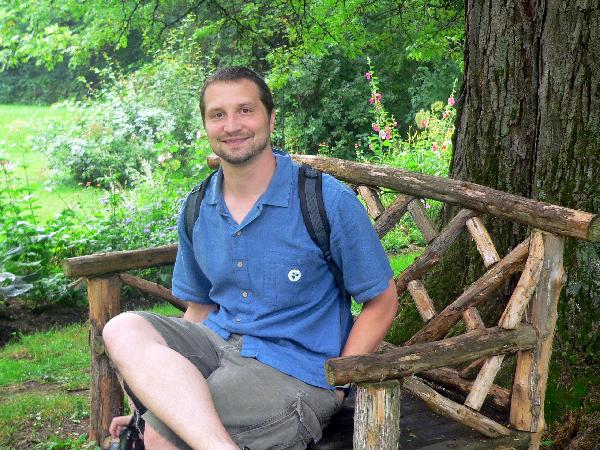 COSTS (2/5)
COSTS (2/5)Entry is $7 per person. Your National Parks Pass will not get you free admission, Cedar Grove is owned by the Greene County Historical Society rather than the NPS, but it will lop the tour price in half to $3.50 per. 2 for 1, not a bad deal.
RANGER/GUIDE TO TOURIST RATIO (4/5)
40-minute tours leave once every hour from 10 am to 4 pm and are limited to 12 visitors.
TOURS/CLASSES (5/10)
Local, non-Park Service-related docents offer a different set of skill sets than Rangers. Our docent had lived in Catskill her entire life. She serves on the Site’s Board of Governors and was present during the infamous 1970’s Cedar Grove front lawn auction when much of Cole’s estate was sold at shocking prices, including an original Cole painting for less than $1,000.
She was sincerely amazed and appreciative of the House’s incredible restoration because she had witnessed its nadir of disrepair in 1998 and instilled in her tour group her profound sense of Cole’s importance and personal appreciation. A Park Ranger might have been able to shed a greater light on Cole’s historical role, American context or artistic milieu but could not have given us a more localized viewpoint.
FUN (5/10)
Cedar Grove has been on our “must (not forget to) visit” list for well over two years, ever since we arrived in New York too soon in the season to see it. We saw Cole’s influence across the U.S. in landscapes of the American West done by the second and third generations of the Hudson River School. We heard his name mentioned in dozens of National Park sites. We have had time to ponder Cole, his historical significance and develop some preconceived notions about how his home and studio might look.
We were shocked to realize that he didn’t awake every morning to views of the Hudson.
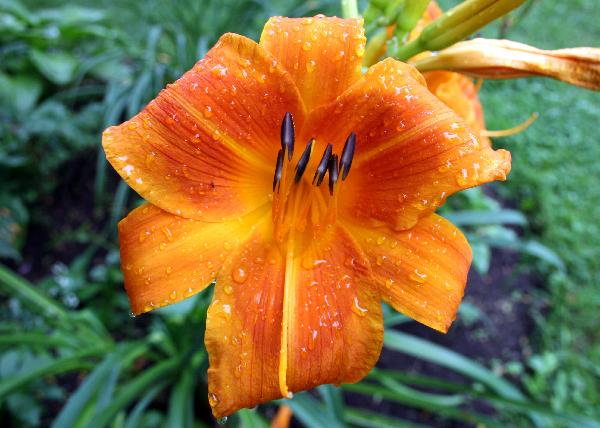 WOULD WE RECOMMEND? (5/10)
WOULD WE RECOMMEND? (5/10)The Hudson River Valley makes for a good travel destination for American art and literature lovers alike, both forms debatably began here, with Cole’s art and Washington Irving’s stories. The Hudson River School Art Trail travels around the region to places that inspired the famed painters and might make for a fulfilling day.
The Olana State Historic Site, home of Cole student Frederic Edwin Church is reportedly wonderful. Dozens of people told us to go there. Then they added, “Well not this summer because it’s under construction.” Another day perusing Hudson’s Warren Street shops and boutiques and dining in its chic restaurants could complete an artsy rural getaway from New York City.
TOTAL 43/80
www.usa-c2c.com
© 2004-06
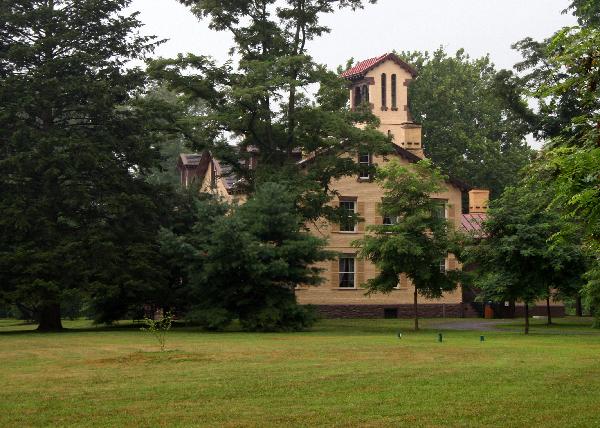 WHAT IS IT?
WHAT IS IT?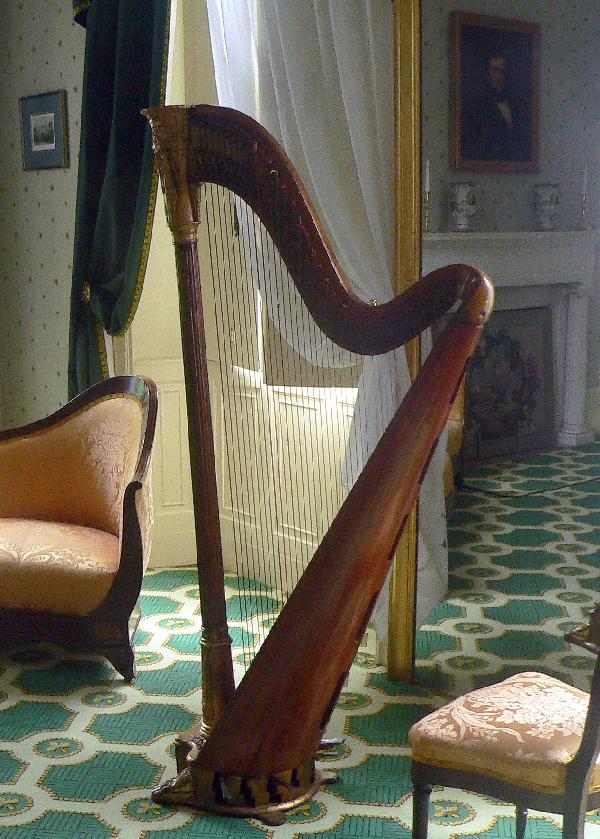 EASE OF USE/ACCESS (2/5)
EASE OF USE/ACCESS (2/5)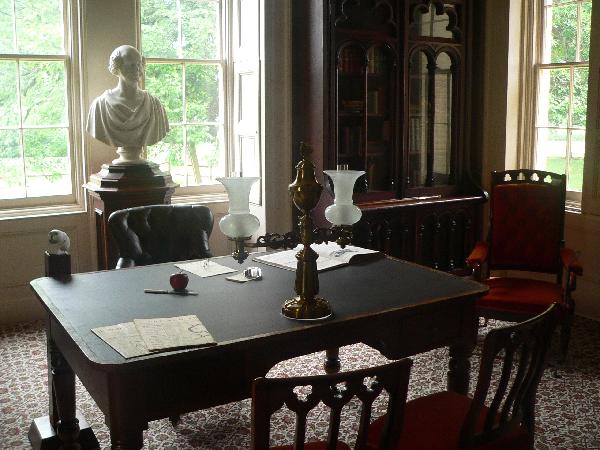 FUN (7/10)
FUN (7/10)